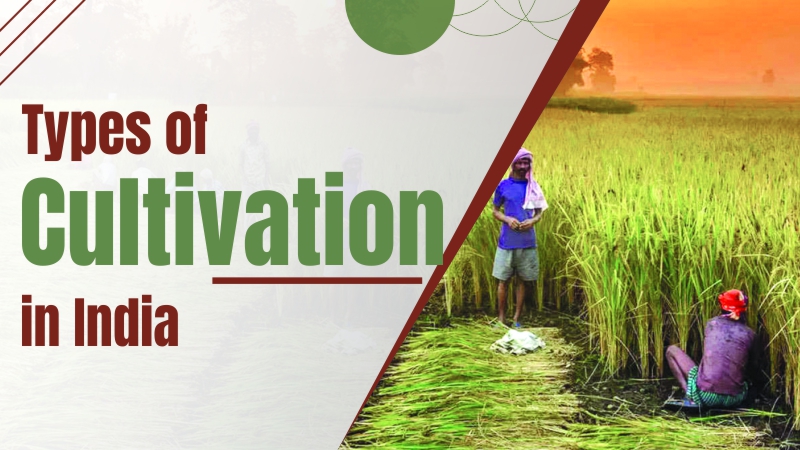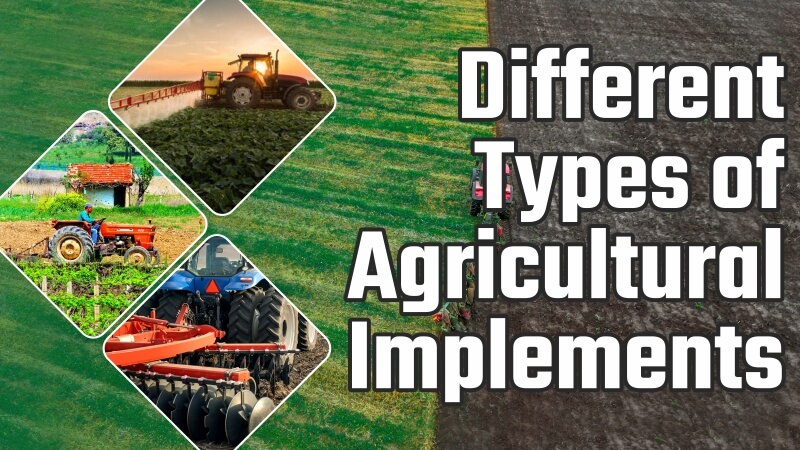Banded RDL drill to build a MASSIVE deadlift #functionaltraining #gymworkout
"Learn & Connect at https://chrisduffin.com/
• SHOP: Explore my books and products in the store.
• EDUCATE: Unlock access to my incredible Education Portal featuring hundreds of hours of courses and thousands of guided movement videos, all conveniently indexed for easy navigation. Plus, dive into a wealth of articles on supplements, peptides, and training.
• CONNECT: Join my FREE community to engage with like-minded individuals.
Don't miss out on these valuable resources—visit now and take your performance to the next evolution… the Endless Evolution!
With Duffin's Wicked Band RDLs, you're looking at a brutally effective lift that challenges stability, control, and raw posterior chain power. This variation doesn’t just build strength; it refines control against relentless tension, demands focus, and requires mastery over a controlled eccentric loading with a slight pause.
Unapologetic strength is non-negotiable here as every fiber is tested against the band’s unyielding pull to complete the lockout. This is a “wicked” challenge only the disciplined will appreciate.
It's critical to ensure the neck isn’t straining to keep the band in place. With a simple setup, combining band tension with a barbell or dumbbell, you’ll feel the band's pull before even adding additional weight.
Wanna get a BIGGER and STRONGER deadlift? Check out the link for my deadlift manual
https://chrisduffin.myshopify.com/pro...
#deadlift #weightlifting #powerlifting #RDL #lifting #functionalmovement #movementdrill #DuffinMovementSystems
Join my FREE Education Platform & Community
https://chrisduffin.com/start-here"
Click here for more info:- https://www.youtube.com/watch?v=JbLh3A704Uo
"Learn & Connect at https://chrisduffin.com/
• SHOP: Explore my books and products in the store.
• EDUCATE: Unlock access to my incredible Education Portal featuring hundreds of hours of courses and thousands of guided movement videos, all conveniently indexed for easy navigation. Plus, dive into a wealth of articles on supplements, peptides, and training.
• CONNECT: Join my FREE community to engage with like-minded individuals.
Don't miss out on these valuable resources—visit now and take your performance to the next evolution… the Endless Evolution!
With Duffin's Wicked Band RDLs, you're looking at a brutally effective lift that challenges stability, control, and raw posterior chain power. This variation doesn’t just build strength; it refines control against relentless tension, demands focus, and requires mastery over a controlled eccentric loading with a slight pause.
Unapologetic strength is non-negotiable here as every fiber is tested against the band’s unyielding pull to complete the lockout. This is a “wicked” challenge only the disciplined will appreciate.
It's critical to ensure the neck isn’t straining to keep the band in place. With a simple setup, combining band tension with a barbell or dumbbell, you’ll feel the band's pull before even adding additional weight.
Wanna get a BIGGER and STRONGER deadlift? Check out the link for my deadlift manual
https://chrisduffin.myshopify.com/pro...
#deadlift #weightlifting #powerlifting #RDL #lifting #functionalmovement #movementdrill #DuffinMovementSystems
Join my FREE Education Platform & Community
https://chrisduffin.com/start-here"
Click here for more info:- https://www.youtube.com/watch?v=JbLh3A704Uo
Banded RDL drill to build a MASSIVE deadlift #functionaltraining #gymworkout
"Learn & Connect at https://chrisduffin.com/
• SHOP: Explore my books and products in the store.
• EDUCATE: Unlock access to my incredible Education Portal featuring hundreds of hours of courses and thousands of guided movement videos, all conveniently indexed for easy navigation. Plus, dive into a wealth of articles on supplements, peptides, and training.
• CONNECT: Join my FREE community to engage with like-minded individuals.
Don't miss out on these valuable resources—visit now and take your performance to the next evolution… the Endless Evolution!
With Duffin's Wicked Band RDLs, you're looking at a brutally effective lift that challenges stability, control, and raw posterior chain power. This variation doesn’t just build strength; it refines control against relentless tension, demands focus, and requires mastery over a controlled eccentric loading with a slight pause.
Unapologetic strength is non-negotiable here as every fiber is tested against the band’s unyielding pull to complete the lockout. This is a “wicked” challenge only the disciplined will appreciate.
It's critical to ensure the neck isn’t straining to keep the band in place. With a simple setup, combining band tension with a barbell or dumbbell, you’ll feel the band's pull before even adding additional weight.
Wanna get a BIGGER and STRONGER deadlift? Check out the link for my deadlift manual ⬇️⬇️⬇️
https://chrisduffin.myshopify.com/pro...
#deadlift #weightlifting #powerlifting #RDL #lifting #functionalmovement #movementdrill #DuffinMovementSystems
Join my FREE Education Platform & Community
https://chrisduffin.com/start-here"
Click here for more info:- https://www.youtube.com/watch?v=JbLh3A704Uo
0 Comments
0 Shares
963 Views
0 Reviews










